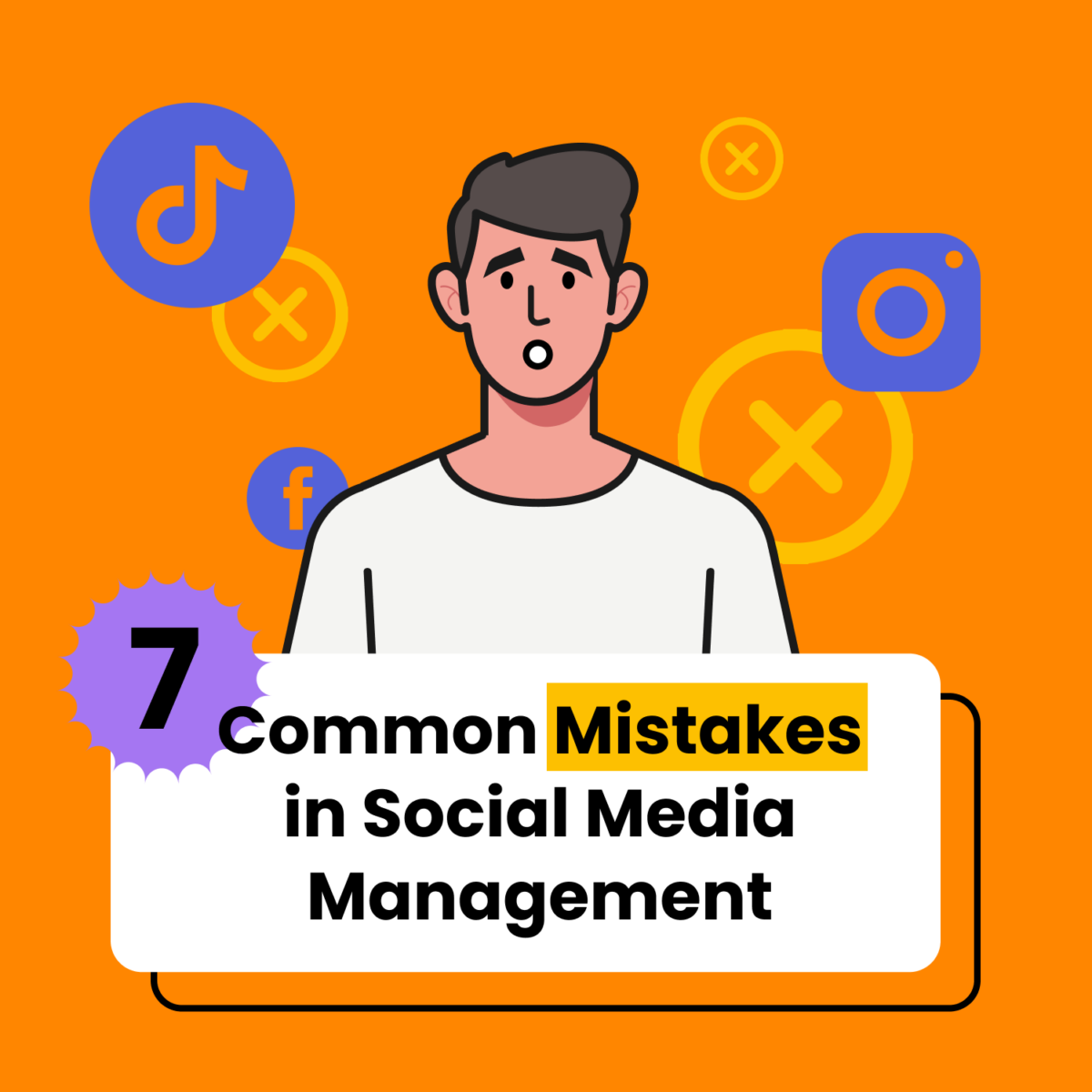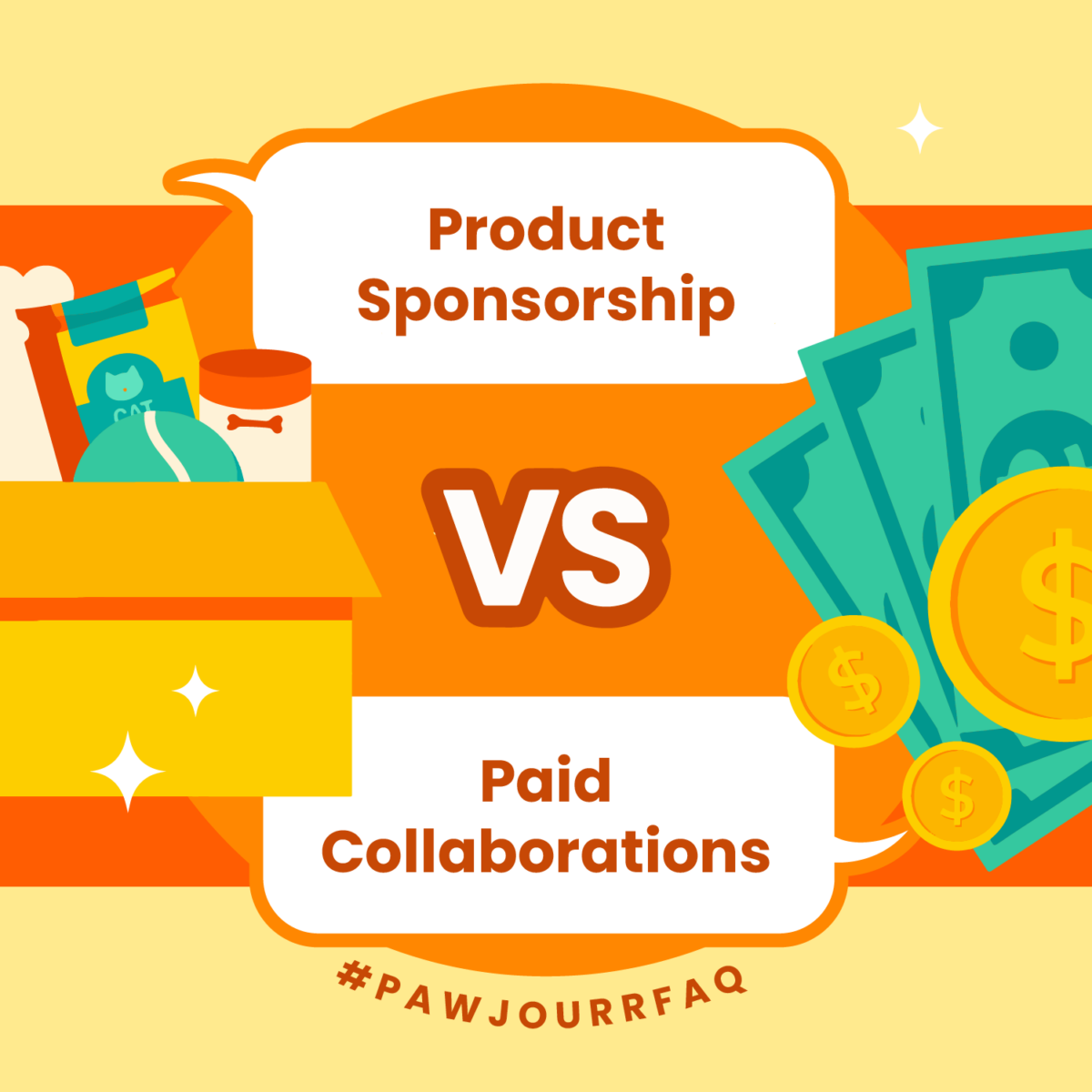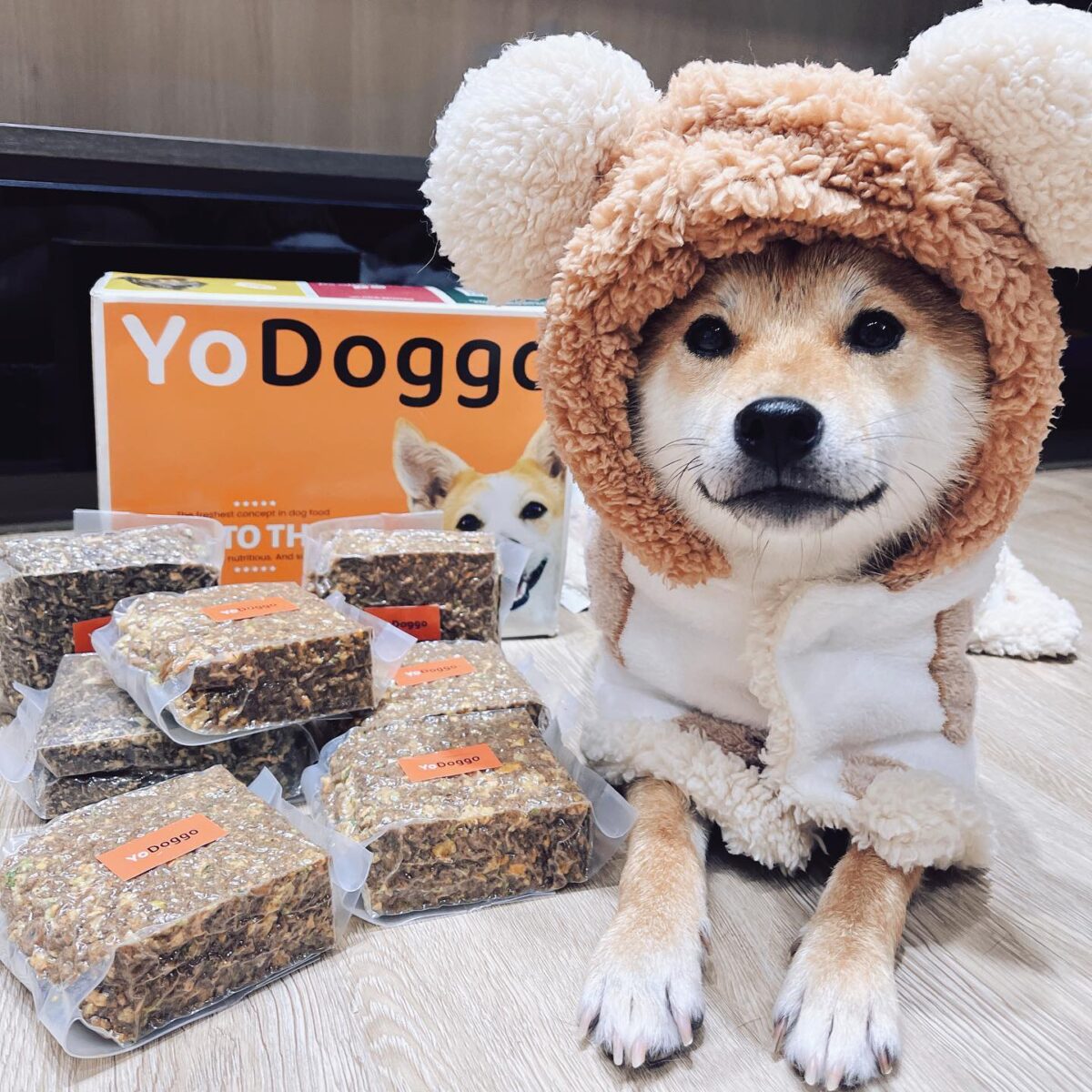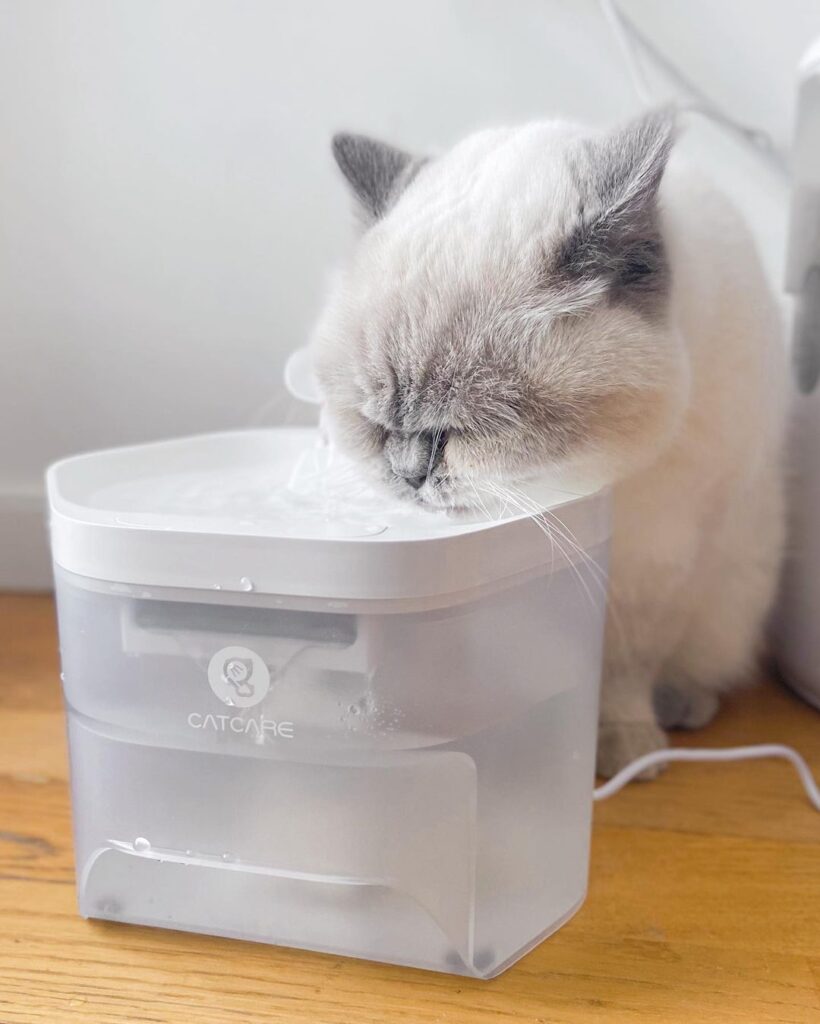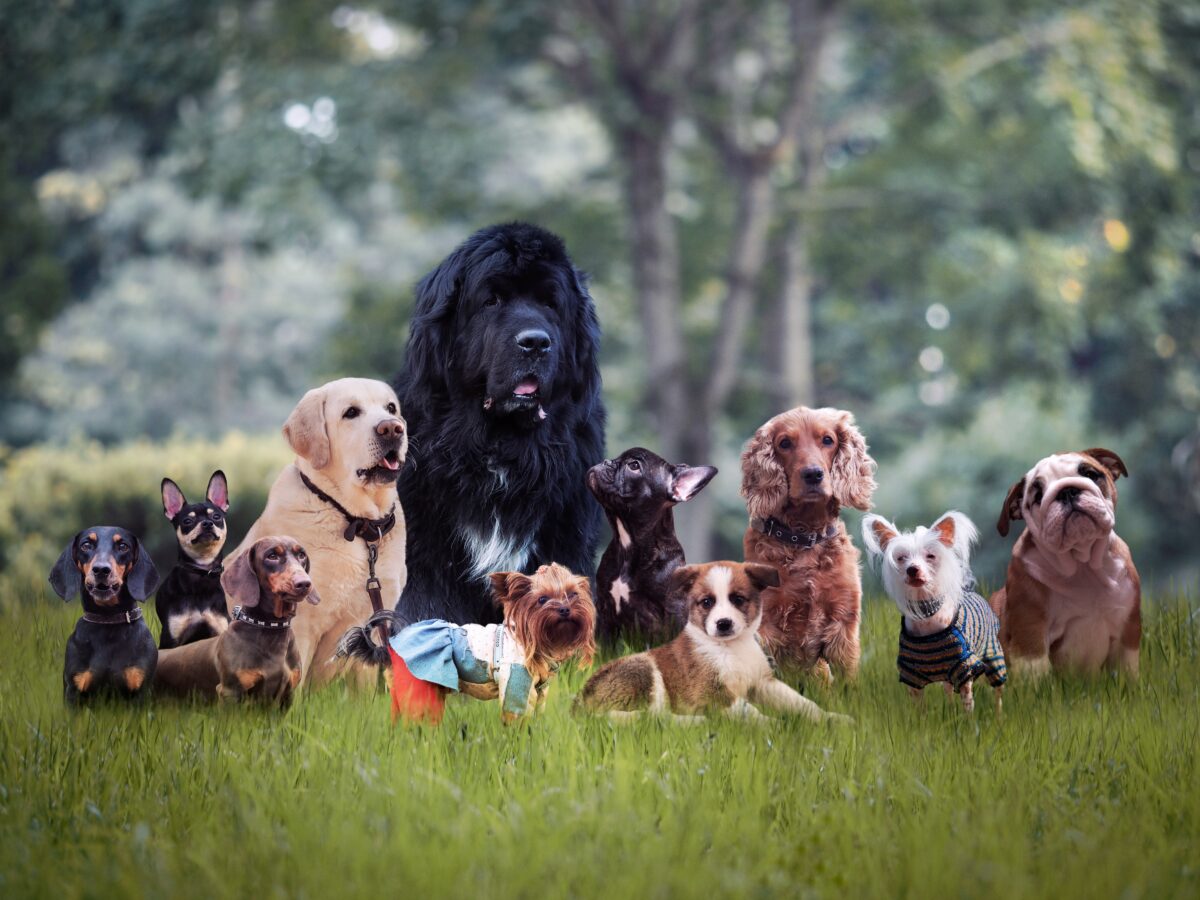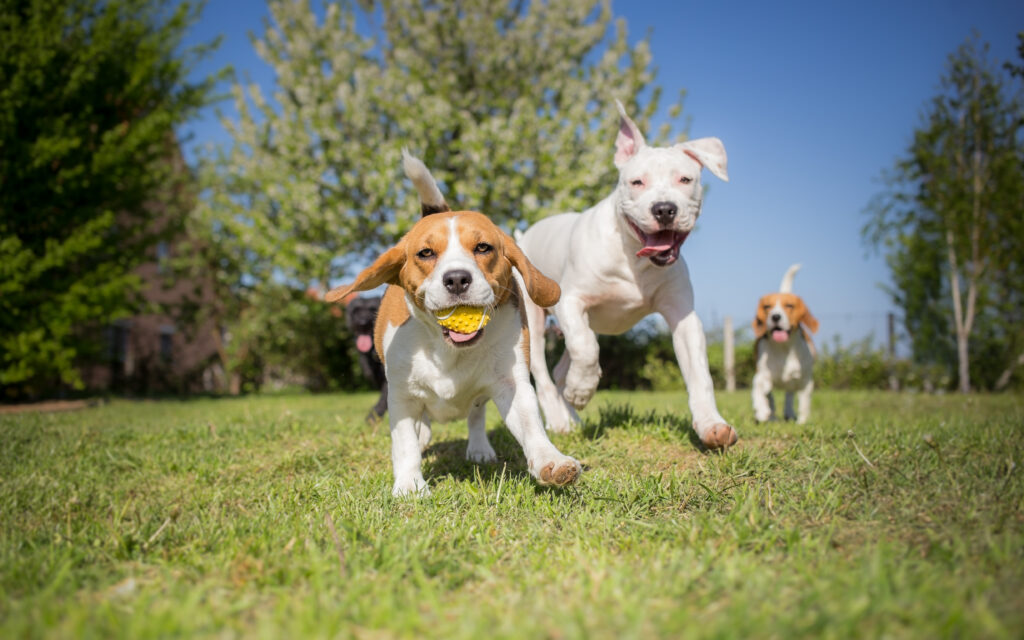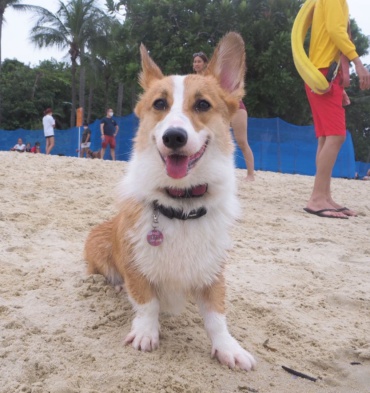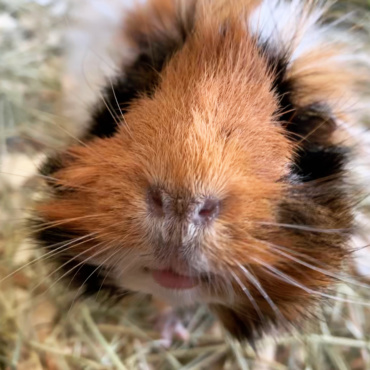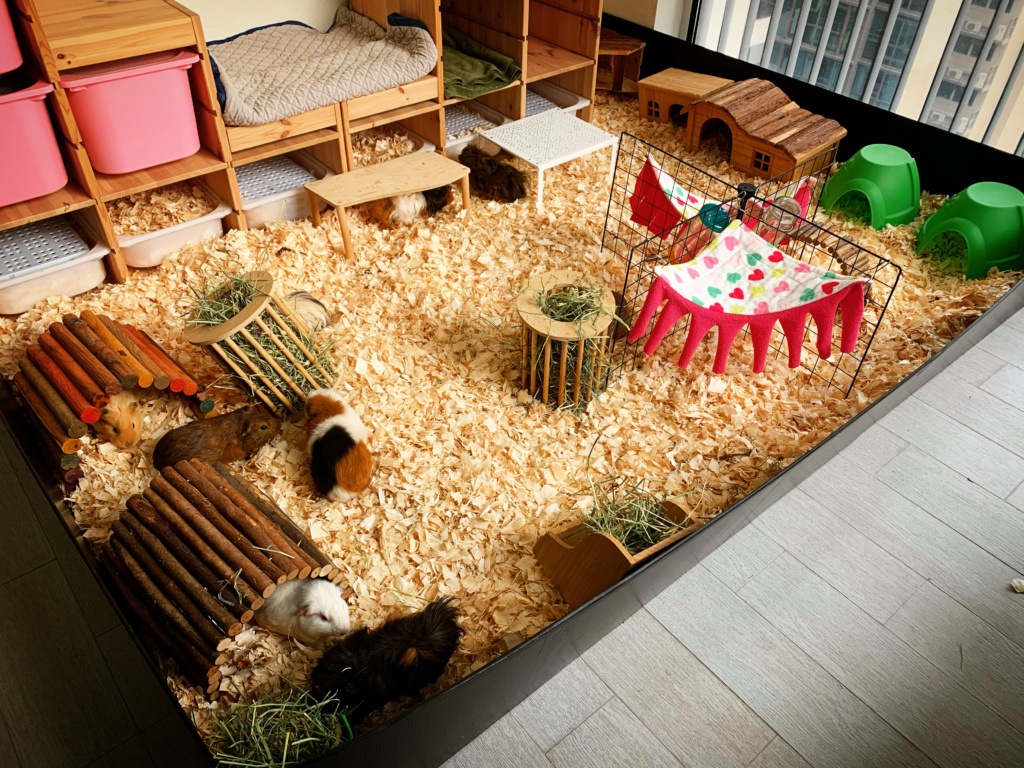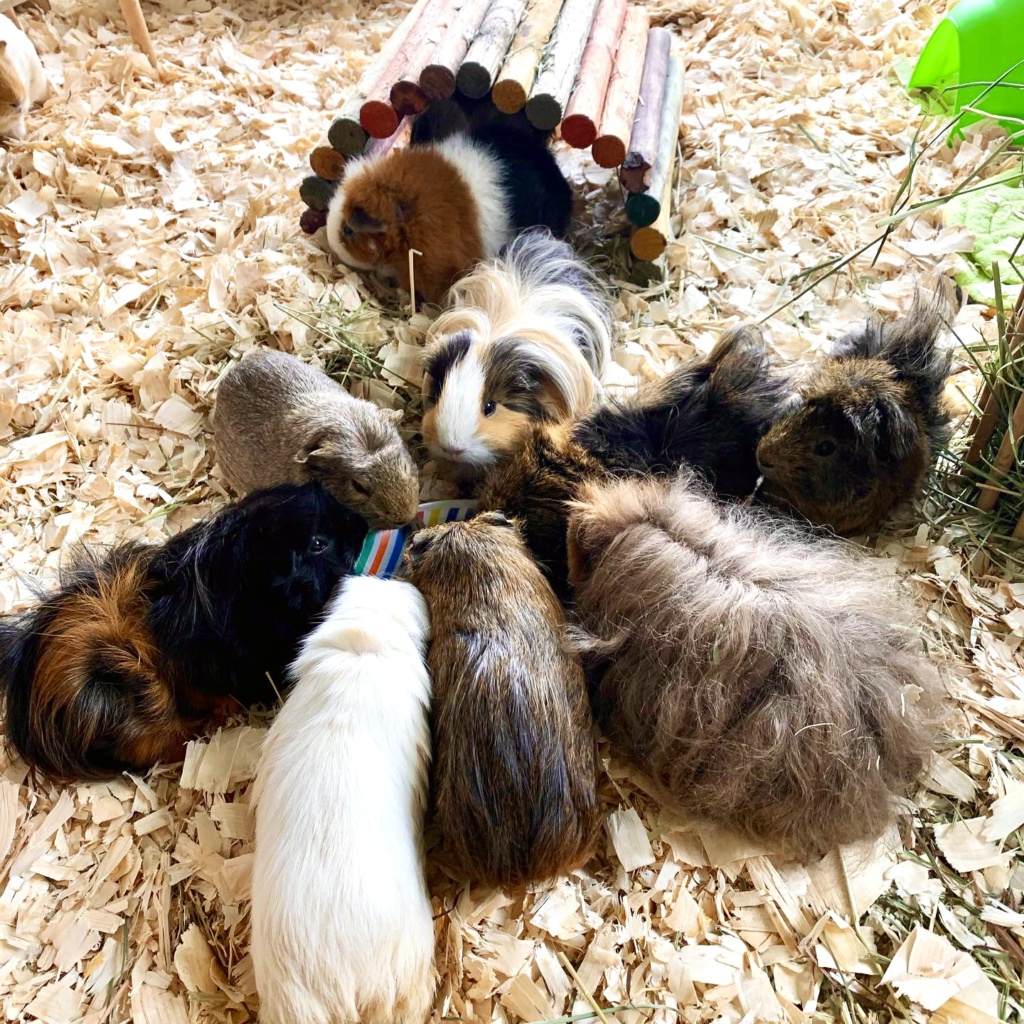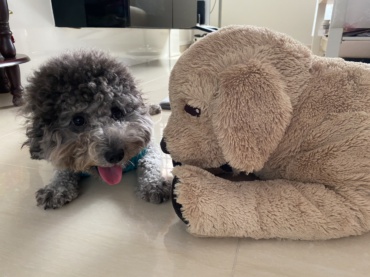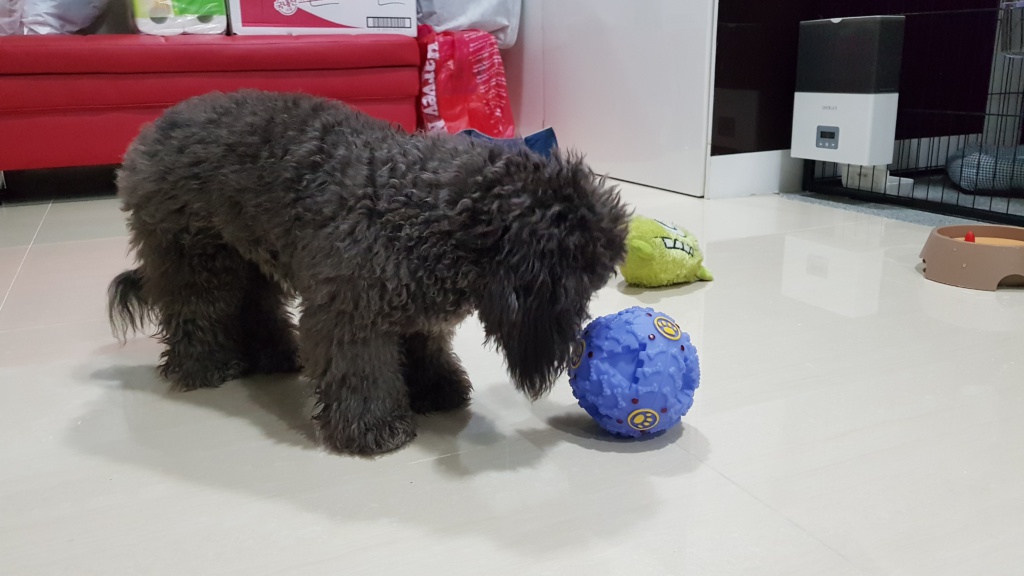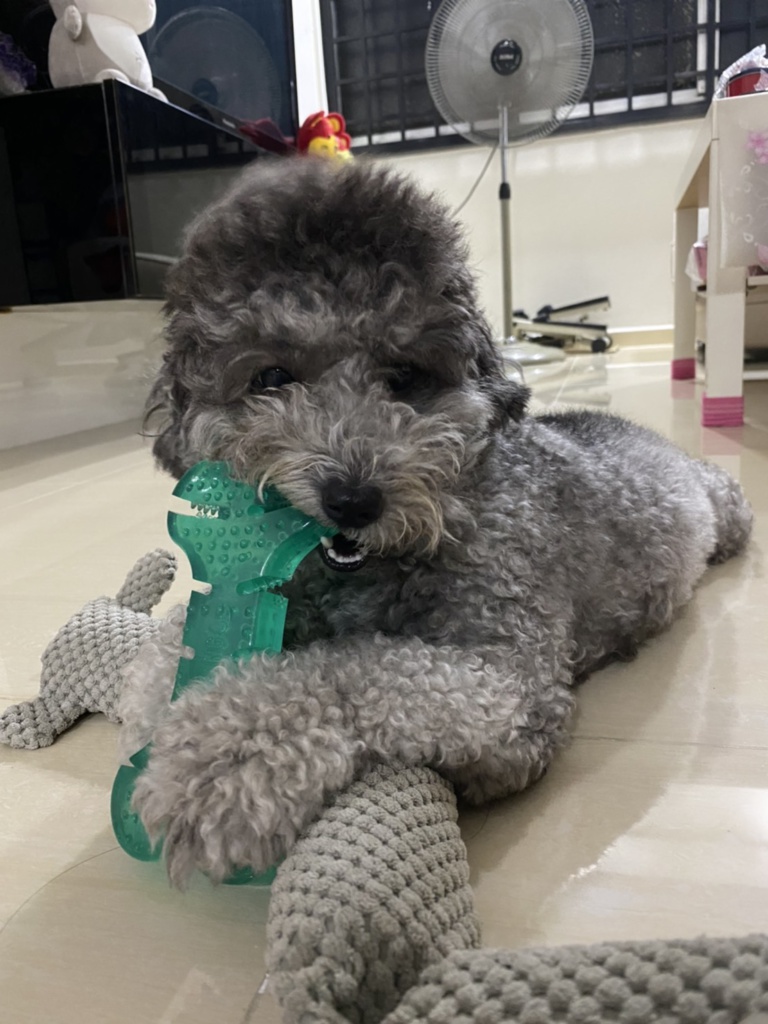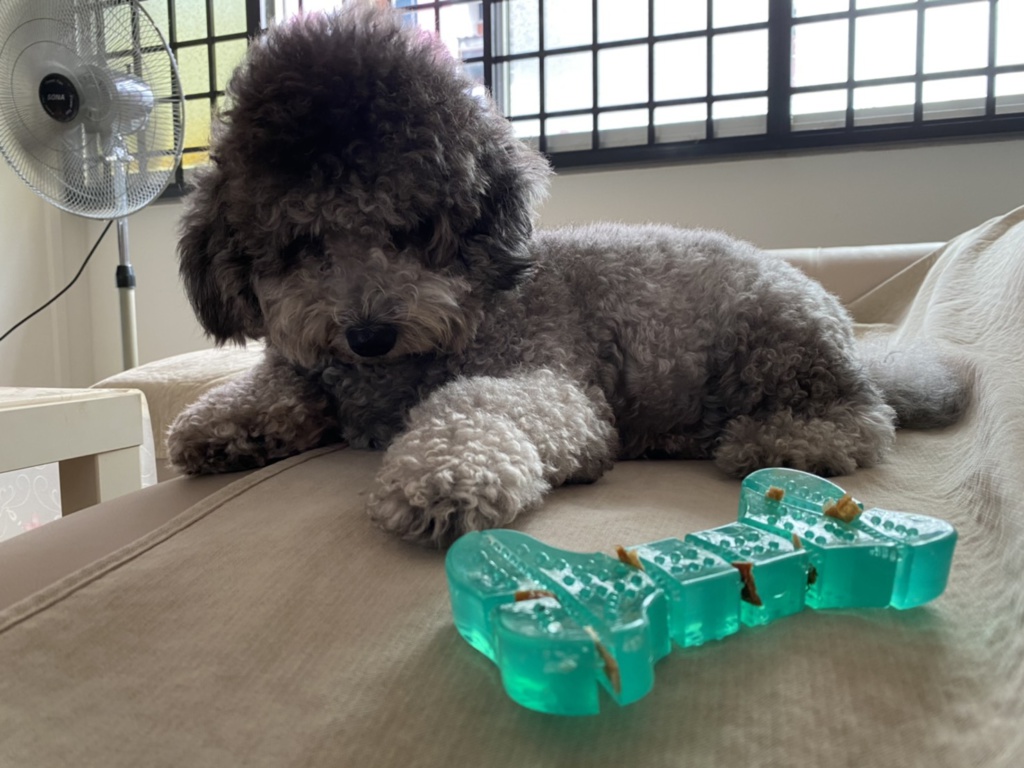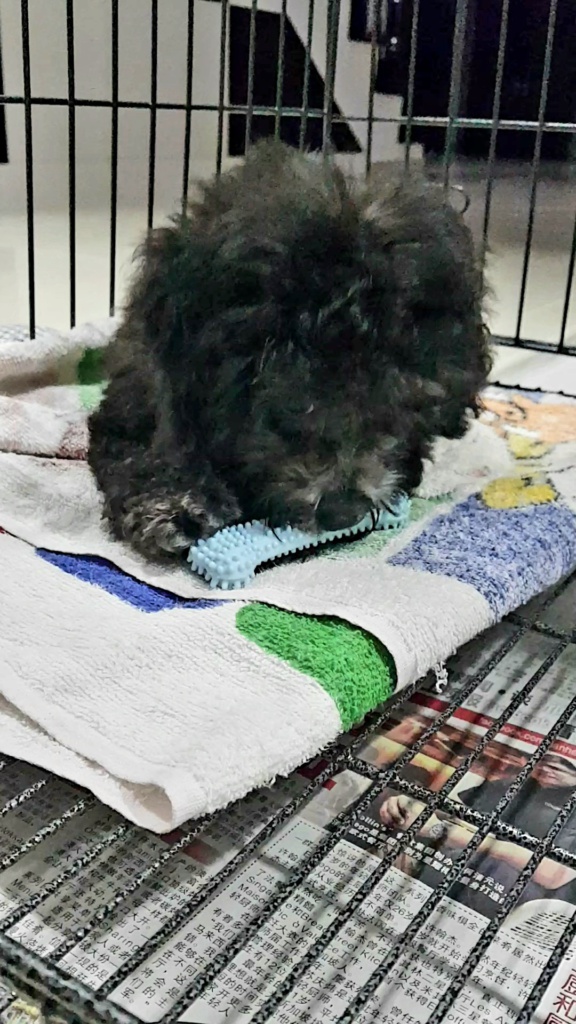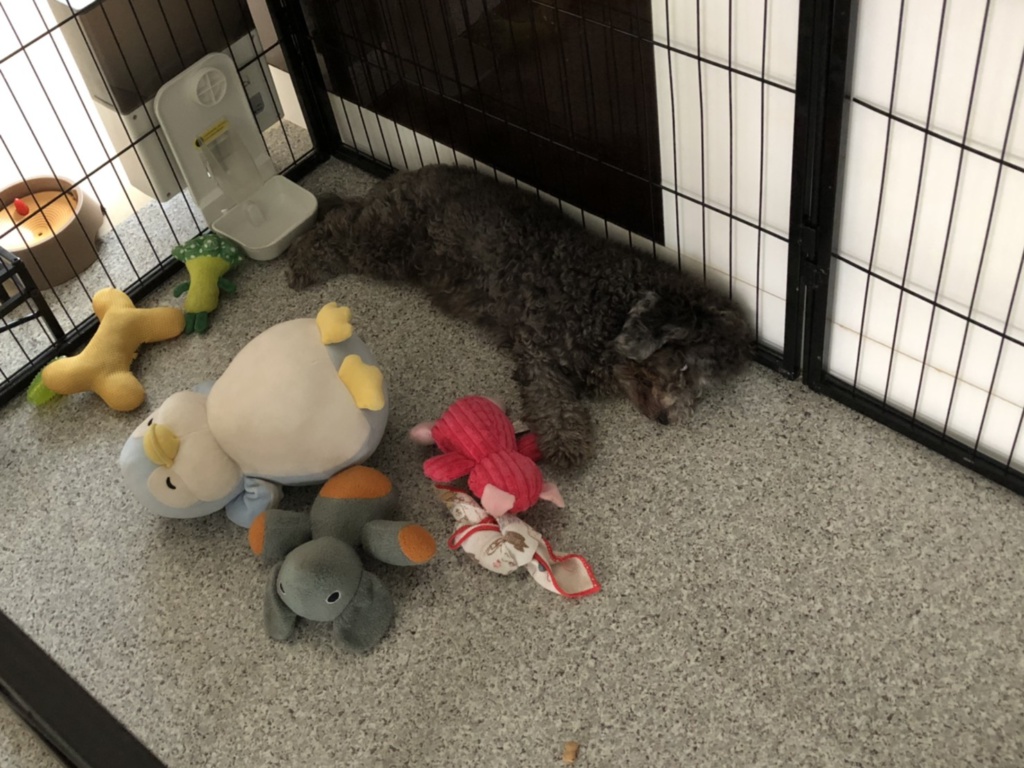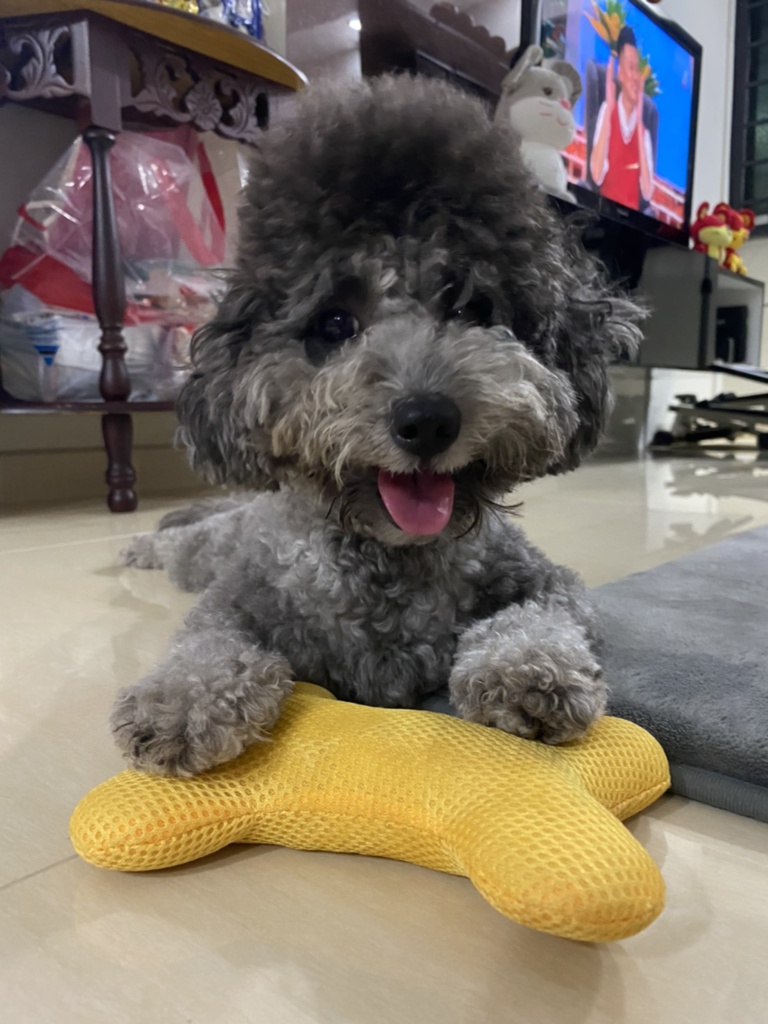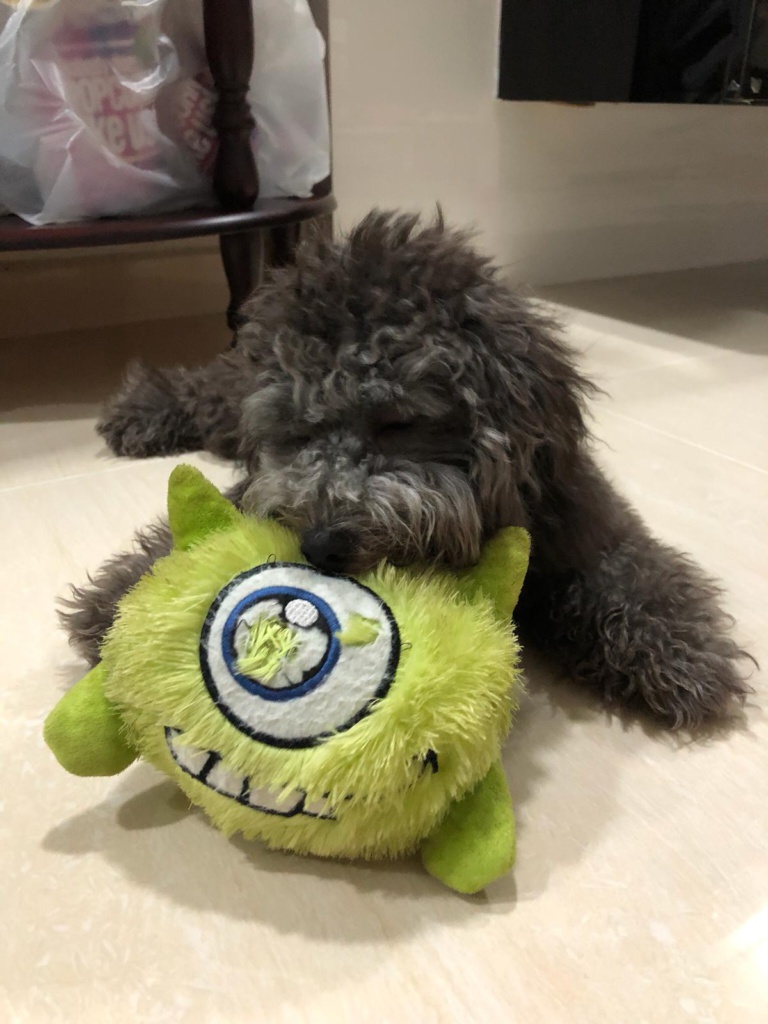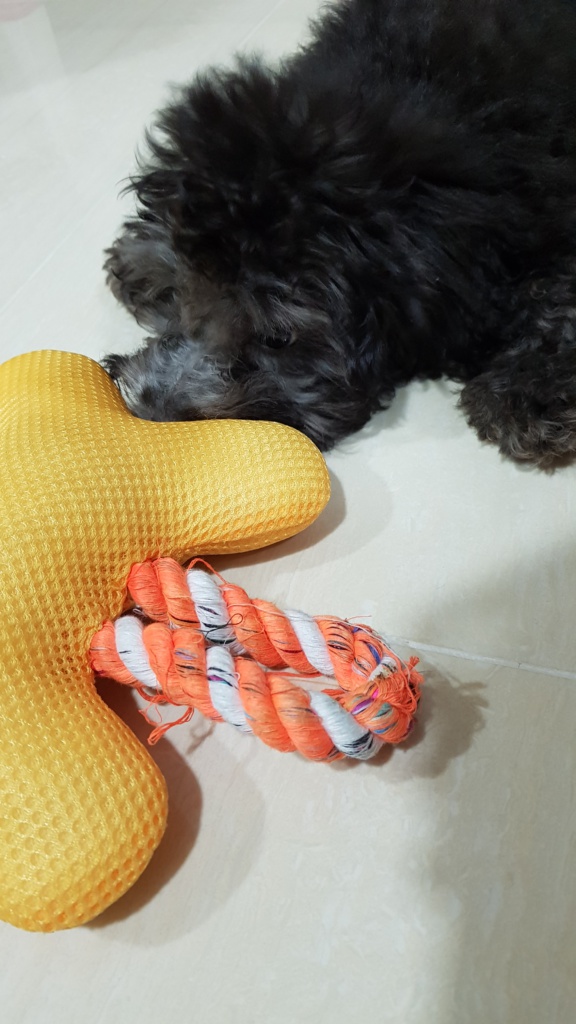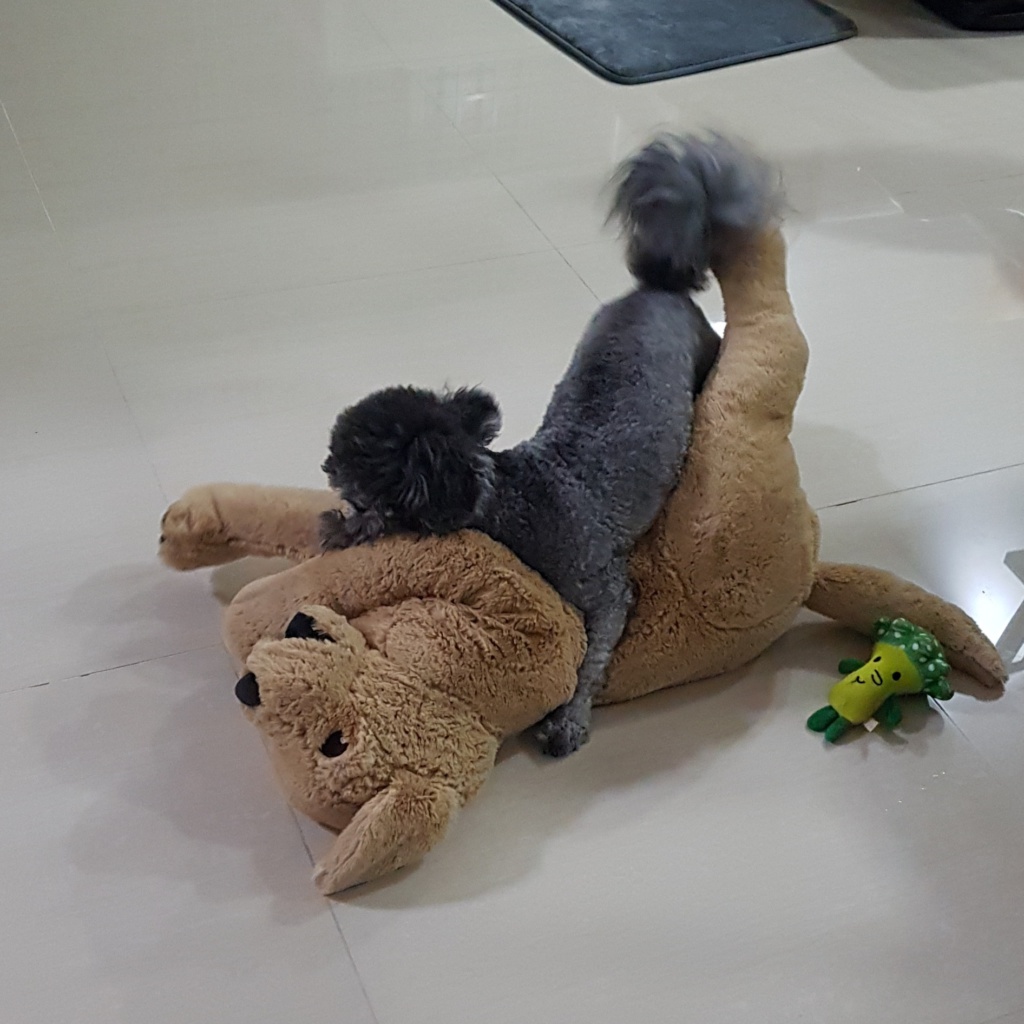There are billions of people across the many social media platforms out there, and this number is bound to increase with each passing year. From Facebook to Twitter, brands and businesses are always looking for ways to connect with their audience, be it in the form of tweets or branded assets.
However, as simple as it may be, oftentimes these brands and influencers tend to make the same mistakes over and over again. This causes them to ask the same old questions, “Why are my followers not seeing my posts?”, “Why am I not seeing results?”, “Why am I not growing?”.
Therefore, we present to you 7 common mistakes in social media management — a handy guide in ensuring you don’t make the same rookie mistakes.
- Not switching to a Business account
First and foremost, not updating your Instagram profile to a business one can harm your brand. While Instagram Business and Creator profiles might look similar to each other, they are intended for different purposes and users.
Creator profiles are suited for influencers, creators, celebrities, and artists. Whereas Business profiles are intended for brands and organizations.
Making this switch allows you to unlock Instagram’s tools and features that are designed to help you grow — most importantly, Instagram in-app analytics.
- Not leveraging Instagram Stories
Introduced in 2016, it was initially seen as Instagram’s efforts to imitate the Snapchat feature with the same name. However, it has grown to become a key feature and marketing tool on Instagram as it allows users to post whatever they want for a limited time.
Unlike evergreen content that is meant to stay forever (depending on the user’s intention), Instagram Stories are ephemeral content that’d last for 24 hours before disappearing forever (unless posted on “Highlights”).
So why does ephemeral content work? Well, it’s natural to have a fear of missing out (also known as FOMO). And just like limited sales, it evokes a sense of excitement and inclusivity which encourages users to check out this fleeting content before it’s gone forever.
- Buying likes and followers
It’s true that having big numbers says a lot about a company, celebrity, influencer, and creator. However, there is also a misconception that the amount of likes and followers measures the level of one’s success.
Well, most influencers receive money in exchange for a post or two, having a large community of followers doesn’t guarantee the success you think it does. Using these gimmicks to grow your profile, not only goes against the platform’s guidelines but also diminishes your credibility and tarnishes your reputation.
But rather, focus on building your engagement rate which allows you to grow without vanity metrics. Vanity metrics are statistics that may appear spectacular on the surface, but don’t translate to any business value. For example, follower and view count.
- Failing to engage in conversations with your audience
On that note, prioritizing follower count over engagement rate is also a mistake that’s going to cost you in the long run. If you’re just starting, sure, it’s good to strive for a higher follower count. However, the higher your follower count, the harder it is for you to achieve a good engagement rate. Hence, when you’re starting, engagement rate might not be an issue.
What many users fail to understand is that there is no use having millions of followers, with an engagement rate of less than 1%. That is why you need to start boosting your engagement rate, by simply creating content that people want to engage with.
If your posts aren’t gaining any form of engagement, it’s a sign for you to reevaluate the type of content you’re putting out. And when your audience is finally engaging with your content, don’t forget to engage back!
- Not defining your target audience
There are millions of users out there. This makes it crucial to streamline your audience, so it reaches the right users.
Not everyone on the platform will relate and connect with your content, and no matter what hard work you put in, if you aren’t able to understand your audience, you’ll struggle to achieve the results you want.
Therefore, defining your target audience, allows you to focus your marketing efforts on users that matter.
- Treating all social media platforms the same
Another rookie mistake is to treat all social media platforms the same. Each platform is unique and users on each platform digest content differently.
By seeking to understand how each platform works, you’d be able to learn the language of each platform and better communicate your objectives without missing the mark.
Understanding your audience can also help you to increase visibility and with engagement from the right audience, processors would be able to promote your posts to the right audience.
- Coming on a little too strong
With billions of combined users on social media, content fatigue is very real. It describes the exhaustion users face by constantly being surrounded with NEW content all the time, and being unable to keep up with them.
To stand out among the crowd, you need to engage and not flood your followers’ feeds with content every second of the day. By doing so, you’re causing your followers to dislike your brand. And soon enough, you’ll see your follower count take a nosedive.
Therefore, it’s okay to take a break once in a while, and only put out content that matters — not for the sake of putting them out and overwhelming your audience.
Bonus: Not tracking or using analytics tools
Your social media strategy should be constantly updated to keep up with this ever-changing industry. A great way to move forward is to see the impact and performance of your past efforts.
Therefore, by tracking your posts and using analytics to gather insights, you’re able to weed out content that underperformed or failed to achieve its intended purpose. It also allows you to know which content your followers are engaging well with, which only means one thing; you’re on the right track!
